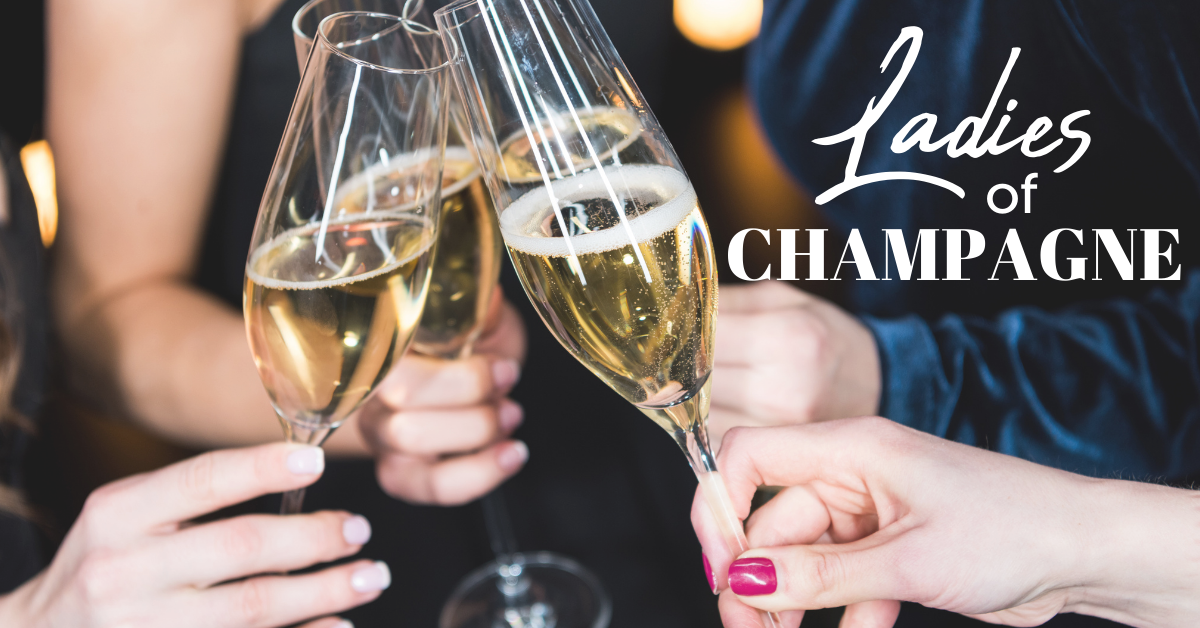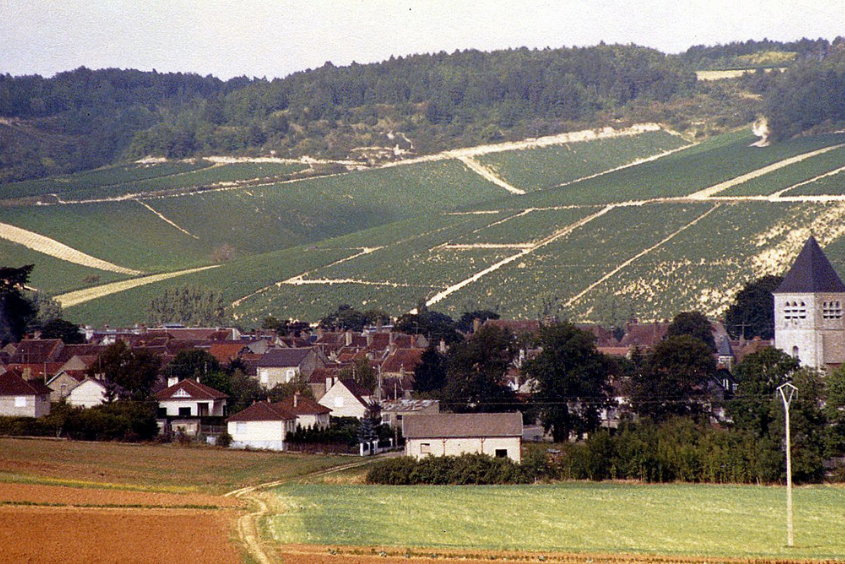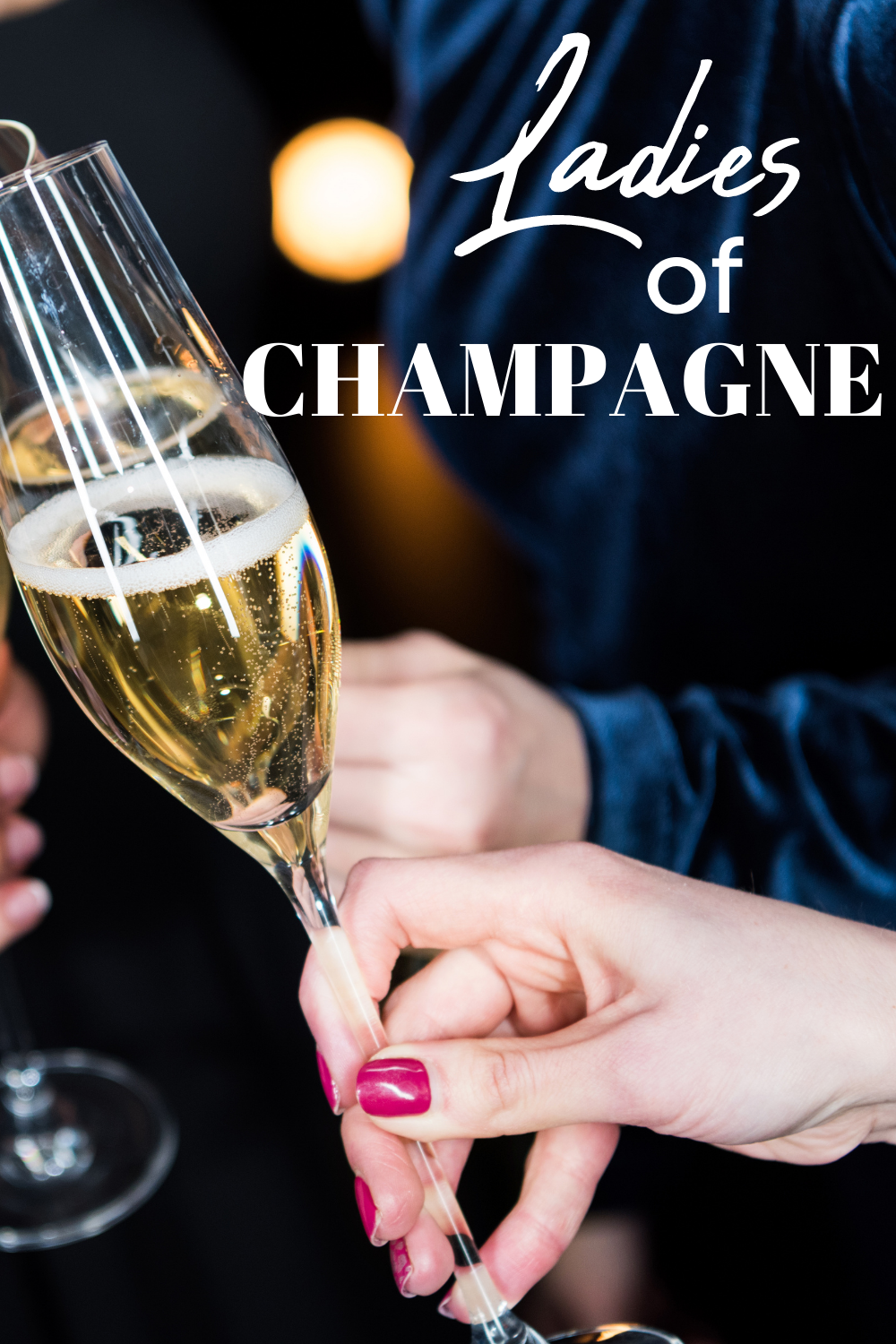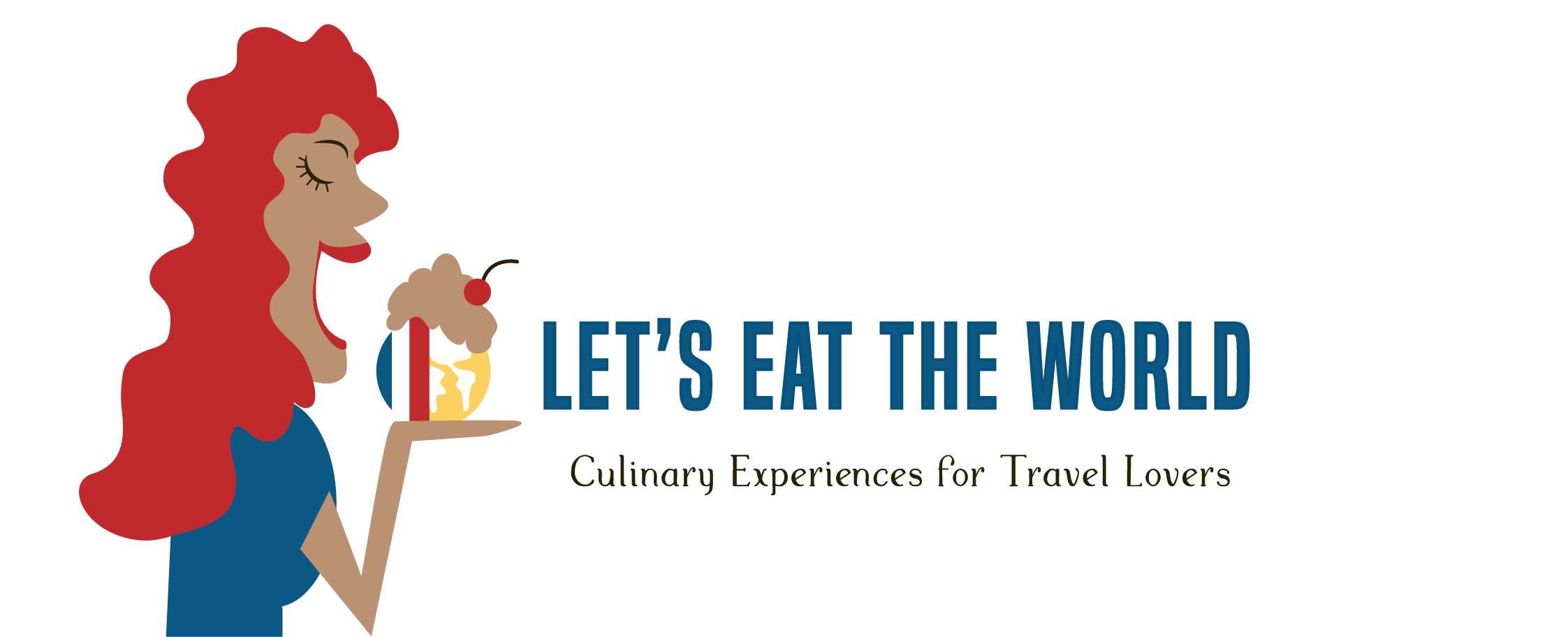
Leading Ladies of Champagne

“I drink my champagne when I’m happy and when I’m sad.
Sometimes I drink it when I’m alone.
When I have company I consider it obligatory.
I trifle with it if I’m not hungry and drink it when I am.
Otherwise, I never touch it – unless I’m thirsty.”
-Madame Bollinger (1884-1977)
When I first thought about writing an article about champagne it was mainly inspired by my interest in the story of Madame Barbe-Nicole Clicquot, an inspiring woman at the head of the world’s favorite champagnes “Veuve Clicquot”. Of course, my love of drinking champagne played a small part as well.
In the days of heading, Madame Clicquot, a family business as a woman was unheard of, she was exporting over 100,000 bottles to Russia, the UK, and was a predecessor to a great line of champagne leaders and extraordinary ladies, including Louise POMMERY and Lilly BOLLINGER.

They all lived and breathed Champagne and so I wanted to delve into some interesting facts about the drink of Kings (and clearly of queens as well):
First of all Champagne is a region in France (called Champagne-Ardenne) lying 90 miles Northeast of Paris. Its famous vineyards lie on the chalky hills southwest of Reims, and around the town of Épernay.
Only champagne coming from this specific region within the appellation of Champagne can be called champagne. It sounds obvious but it is taken very seriously like most things French and food and wine-related. as anything else is not! Call it cava if you are in Spain or call it prosecco if you are in Italy, or sparkling wine whenever you want, but please do not call it champagne unless you are looking for a lawsuit.
Champagne was not solely created by the Benedictine monk Dom Pérignon but in fact by the English who pioneered it using the grapes from the Champagne region in the 17th century and Dom Pérignon who contributed with fervor to the development of the “méthode champenoise”.
Champagne is generally made from three grapes: Chardonnay, Pinot Noir, and Pinot Meunier. Most champagnes are blends of the three, though some houses produce champagnes that are 100-percent Chardonnay, which yields a lighter, creamier style called blanc de blancs, or all Pinot Noir and Pinot Meunier, which produces a more robust, toasty style called blanc de noirs.

The particularity of champagne, as opposed to wine production, is that it undergoes a secondary fermentation inside the bottle, with a second dose of yeast and sugar creating the wonderful bubbles. The bottles are capped and placed in the cool cellars of the winery for a minimum of one and a half years. Hence the name “méthode champenoise” which some sparkling wine producers use, notably the Spanish with their very pleasant Cava.
An interesting part of this second fermentation is a process called Riddling that was invented by Madame Veuve Clicquot and her cellar master Antoine Muller. It allows the yeast sediment that builds up after the secondary fermentation to be removed. In a riddling rack, the bottles were placed upside down and an assistant (who is called a “Remueur”) would gently twist the bottles every day until the cork could be completely removed and the sediment ejected. This ejection process is finalized by dipping the necks of the bottle into a freezing solution that coagulates up all the yeast sediment. The caps are removed and the gas pressure shoots out the frozen sediment called the “dégorgement” (to disgorge). Topped up with a “dosage” of wine, the bottles are corked, wired, and put to rest before release.

Some champagne houses today still employ a highly skilled “Remueur”, who can adjust some 40,000 bottles per day, controlling each one precisely. Other houses have now left this romantic job to machines.
The discovery of this technique allowed Madame Cliquot to become one of the largest producers in the region and gain hold of the market. Her fellow champagne producers discovered her secret and implemented this technique to increase overall production everywhere.
There’s so much to tell about these ladies of Champagne, who did not inherit their positions but married into these families and took them to new levels with their dedication, innovation, and love for what they do.
A couple of other names for you to remember when you toast your next glass of champagne:
Madame Camille Olry-Roederer – the lady behind Champagne Roederer and the world-famous Cristal.
Mathilde Emile Laurent-Perrier – the lady who took over Laurent Perrier Champagne in 1887.
Not only does champagne delight us and accompany us through life’s events, but champagne and its region have also been handed to the UNESCO World Heritage status by the United Nations.
For a taste of Champagne, join us on one of our Week in Paris tours where we enjoy a full day in the Champagne region. And if you are in Paris with just a little time to spare, you can up for a number of wine experiences from Cook’n With Class Paris.
Now that is something to drink to!


